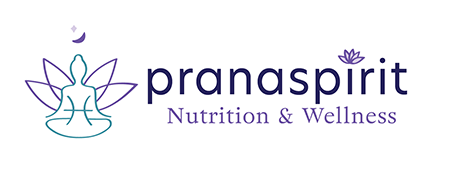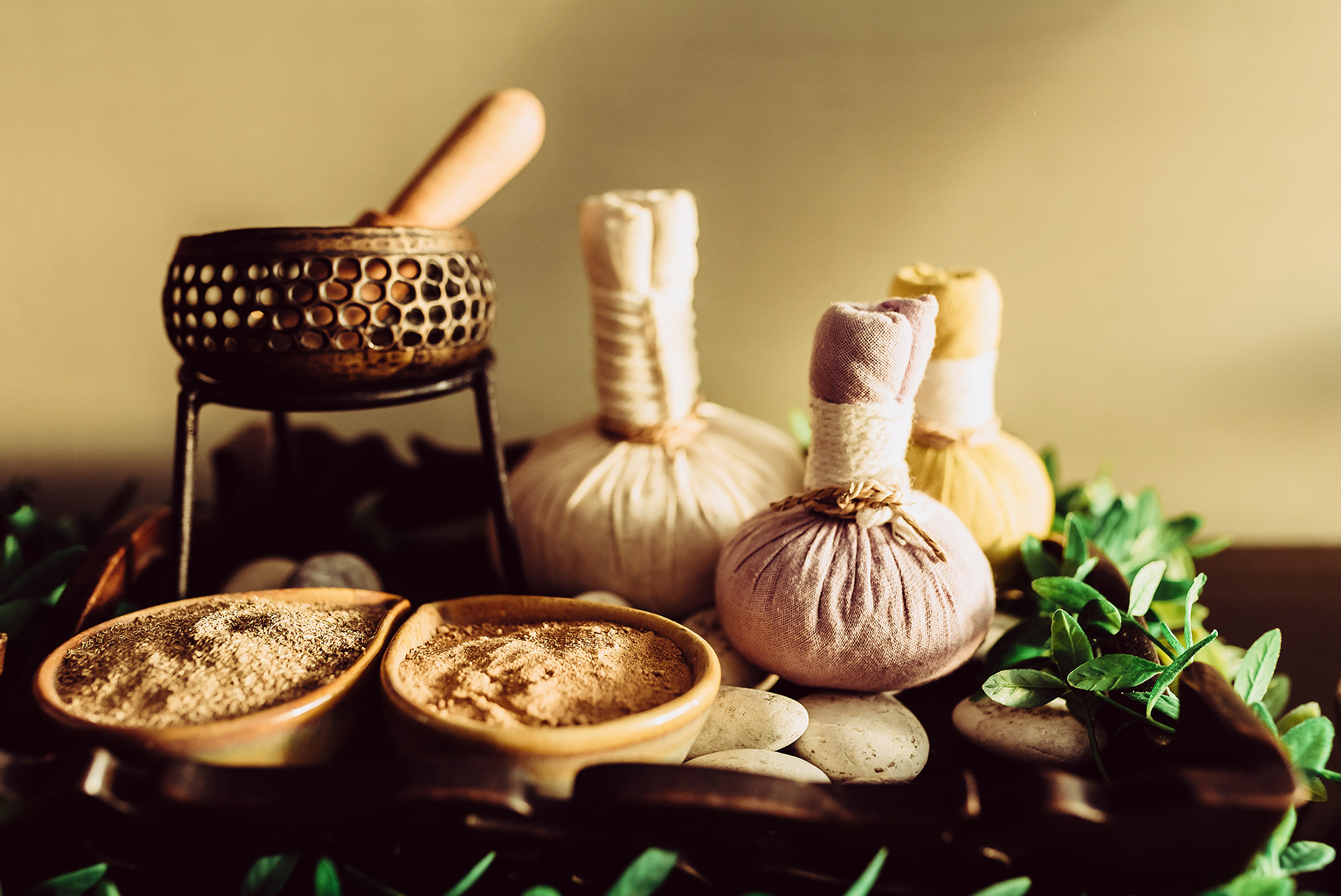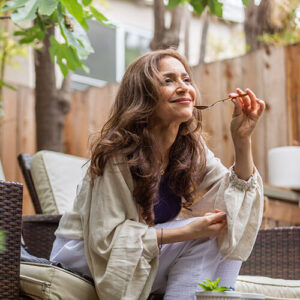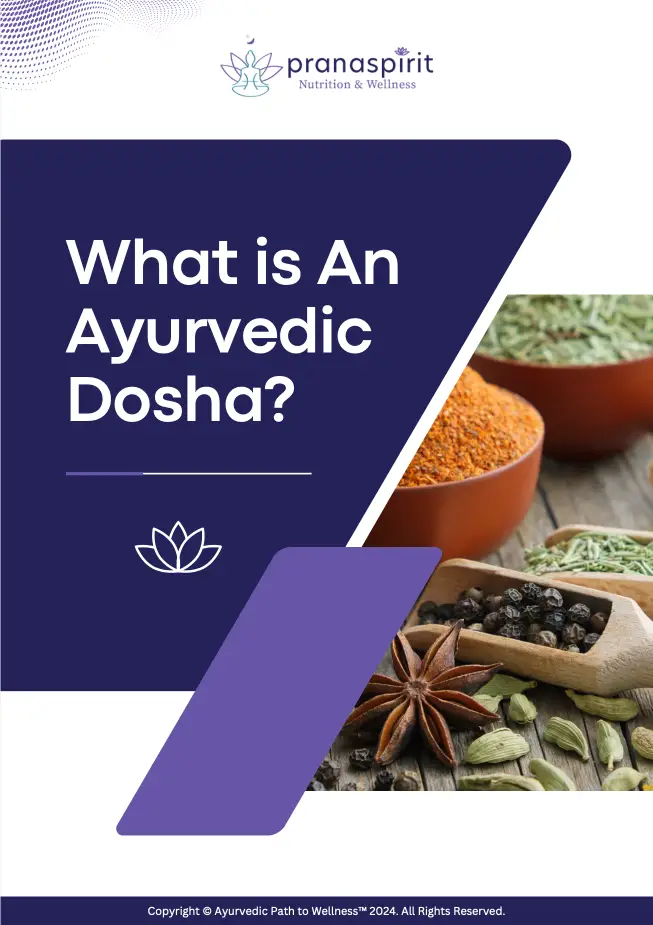What is Panchakarma and how can it help you?
The Ayurvedic treatment of Panchakarma (PK) is a method of removing unwanted waste from the body. Pancha (five) Karma (procedures) is unique in that it includes preventative, curative, and promotive actions to improve the overall health and vitality of clients. It requires proper guidance from a trained Ayurvedic practitioner. Read on to learn about the benefits.
What are the benefits of doing the cleanse?
There are many benefits to eliminating accumulated impurities from the mind and body.
Here are some of the most important:
- Completely purifies the body by removing toxins and opening up blocked channels, helping heal skin inflammations such as psoriasis.
- Speeds up metabolism and slows down aging
- Enhances strength of digestion and rejuvenates skin and tissues
- Treatments are customized to the individual’s needs, because the goal is to bring the body back into balance. So it’s catered to the person’s imbalance – in Ayurveda this is known as dosha. There are 3 main doshas, vata, pitta and kapha. Every person has a combination of the 3 with one or two that are predominant in their natural state (their prakruti or constitution).
- Panchakarma treatments target the person’s current state of imbalances through their doshas to bring them closer to their natural constitution. If the doshas are out of balance, they may have undesirable symptoms that PK helps to reverse.
- It’s a truly preventative treatment in the sense that its goal is to prevent disease, not treat disease. An example is Vata dosha, which is composed of the air and ether elements – if vata gets out of balance the person may be anxious, fearful, have insomnia, gas and bloating. A PK treatment would reduce the undesirable symptoms of vata dosha, which could get aggravated and lead to health problems over the long term without intervention.
How long is the Panchakarma cleanse and how often should you do it?
The cleanse lasts anywhere from 3 to 21 days, most commonly 5-7 days, that includes various body therapies like Ayurvedic body massage and an Ayurvedic detoxifying meal plan with the goal of returning the body back into a state of optimal health and balance.
It’s often thought of as a seasonal reset, and it’s traditional Ayurvedic practice to do panchakarma at the change of each season, 4 times per year.
Are there any risks associated with doing Panchakarma?
There really aren’t any significant risks with PK. The only potential risk would be if the individual doesn’t take care of himself/herself properly during PK by following important guidelines during the cleanse, like getting adequate hydration, resting, and avoiding strenuous activity while the body is detoxifying. But if individuals follow the protocol there should not be any risks of concern and the benefits of a PK cleanse far outweigh any potential risks that can be avoided. If done correctly with guidelines followed, people should feel better after the treatment has ended.
One thing to be aware of is that feelings and emotions may surface during PK, as the body is eliminating toxins, and some people report temporary feelings of malaise at some points in the treatment, which is part of the healing process. So individuals doing PK should be aware that things may come up, so they can plan to take care of themselves by following the guidelines. Overall, Panchakarma offers a great cleansing experience and a true reset. Many report feeling a sense of lightness and that previous symptoms they had before the cleanse were resolved after the cleanse, so there are great rewards to be gained from the experience.
Can Panchakarma be done at home?
While it’s great to do a whole Panchakarma treatment with a qualified practitioner, there are elements of it that you can do at home on a daily basis in a lighter way. For example, you can give yourself a daily self-abhyanga massage, as well as eat kitchari every night for dinner for a week.
Check out our recipe below!
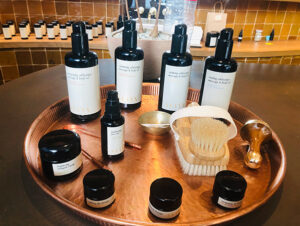 How is it done and can I get Panchakarma near me?
How is it done and can I get Panchakarma near me?
Firstly, we love to visit Surya Spa in Santa Monica for doing Panchakarma. I’ll be doing a cleanse in July with them so I will be sure to update you on the results!
Visit suryaspa.com here for more info.
An example of what a day of panchakarma involves specifically works like this: the day starts with an Ayurvedic nourishing body massage called Abhyanga, where warm oils are massaged into the body – (Abhyanga can be done to oneself – called self-abhyanga) although the treatments are done by an Ayurvedic practitioner so the person can receive optimal benefits and not have to work hard.
Another type of massage is shirodhara. Shirodhara warm oils are poured over the forehead and combined with a scalp massage, which is super relaxing and calming to the body (this is my favorite treatment, I do it regularly:). Nyasa is a therapy where herbal oils are infused into the nostrils. A Panchakarma plan is created for each individual, and may include these amongst other Ayurvedic treatments, lasting a few hours each day of the cleanse.
In between body therapies there are nourishing vegetarian meals consisting of cleansing foods like organic mung dahl, kitchari – an Ayurvedic stew made with cooked mung dahl and basmati rice, fresh cooked organic vegetables like zucchini, fennel, butternut squash, yams, and herbs like cilantro, some organic cooked fruits like apples, pears and berries, and herbal teas. Organic spices are also used with great benefit including cumin, coriander, tumeric and fennel.
A cornerstone of a panchakarma cleanse is ghee, which is clarified butter. Ghee is considered a healing food source in Ayurveda so taking a small amount every morning after tongue scraping and oil pulling is part of the PK regimen. In PK the ghee is taken by mouth every morning so its lipids help bind toxins embedded in the tissues and help mobilize them out of the body via the digestive system. The saturated fat in ghee also helps boost absorption of nutrients and is a good source of butyrate, a short-chain fatty acid that’s excellent for supporting gastrointestinal health and the gut microbiome. (Individuals following a vegan diet can use flaxseed oil).
Foods to avoid during a panchakarma cleanse include alcohol, caffeinated beverages like coffee and tea, processed foods, dried fruits, cold or raw/uncooked food and animal products (except ghee). What really makes this cleanse not only safe but beneficial is that the individual must eat 3 nutritious meals each day on a regular schedule and lifestyle practices like yoga and meditation are recommended as is a regular sleep schedule with 7-8 hours of sleep per night. This reverses any negative habits that people may do and hopefully, they’ll continue the positive practices after the cleanse.
Traditional Panchakarma treatments also include a mild laxative (usually castor oil) called virechana to help facilitate the detoxification process. There is no significant or long-term danger with including this practice as optimal hydration is encouraged and the individual is eating high-quality nutritious foods as well as following guidelines during treatment, in addition to the cleanse being temporary and short term.
If you are looking to do Panchakarma, get in touch with us at our Santa Monica, California location, we can help you achieve success by sharing resources like where you can experience a PK cleanse and how to prepare for it through pre-PK diet modifications
*Note: Virtual sessions are still offered for your convenience.
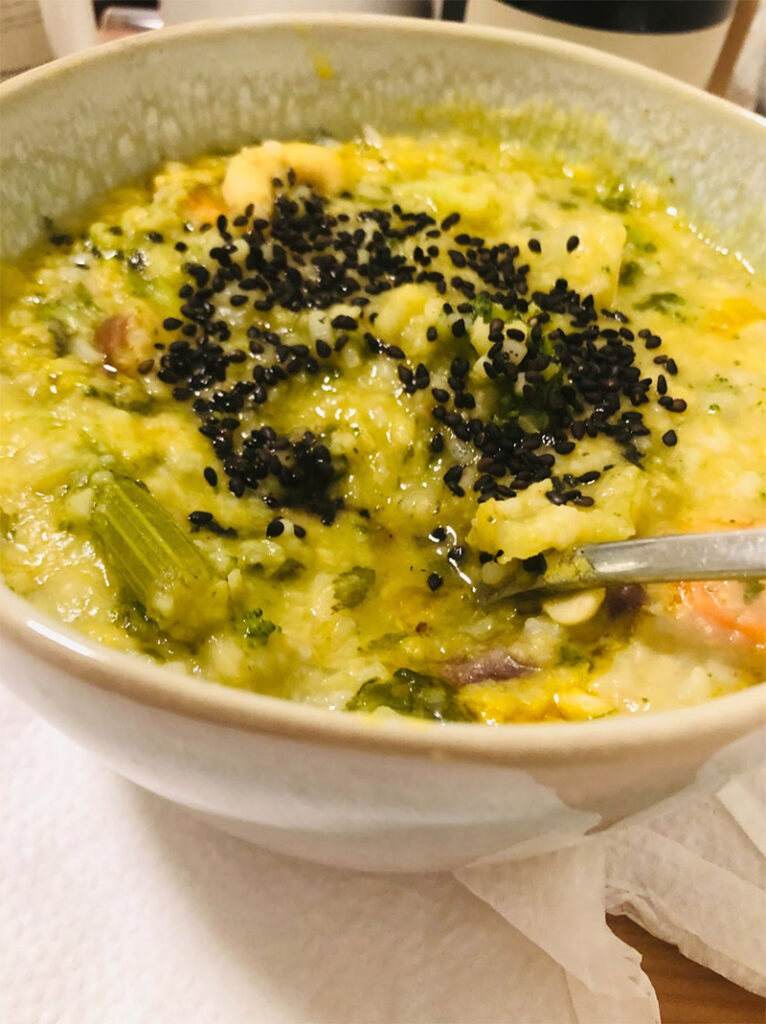
- ½ cup mung dal (also called split mung beans)
- ½ cup Basmati rice
- 4 cups water
- 1 tablespoon ghee; flax or coconut oil for vegan friendly
- 1 teaspoon cumin seeds
- 1 teaspoon coriander seeds
- ½ teaspoon minced fresh ginger, or a pinch of ground ginger powder
- ¼ teaspoon ground turmeric
- 1 teaspoon sea salt
- For Garnish
- ½ cup chopped fresh cilantro
- slices of lime
- In a medium bowl, combine mung dal (split mung beans) and rice. Pour enough water to cover the mixture and soak for 15 minutes. After 15 minutes, pour the mixture into a fine mesh strainer and rinse with cold water until it runs clear.
- Warm the oil (or ghee) on medium to low heat in a medium pot. Carefully add the cumin seeds and let them cook for about a minute until the seeds start to brown and become fragrant. Add the ginger and ground turmeric.
- Add the rice and dal mixture into the pot. Stir and add the 4 cups of water.
- Increase the heat to medium-high to bring the mixture to a gentle boil. Turn the heat down immediately to a gentle simmer. Simmer for 30 minutes, uncovered, stirring occasionally until you get a porridge-like consistency. It should be soft and creamy.
- Taste the kitchari to make sure the texture is soft. If not, you may need to let it cook a little longer. Turn off the heat and adjust the seasoning, if needed, and stir again. Serve or cool down completely and refrigerate in a sealed container for 3 days.
- Notes
- Split mung beans: Also known as mung dal, these beans can be hard to find in most grocery stores. You can buy organic moong dal from Amazon or wholefoods.
- To store Kitchari: Allow it to cool down completely before placing it in an air-tight glass container for 2 to 3 days in the fridge.
- To freeze Kitchari: Store in a freezer-safe container for up to 2 months. Be sure to thaw before reheating it.
- To reheat: Warm on the stovetop. Stir it with a small amount of water, about ¼ cup of water for every cup of kitchari, to get the porridge-like consistency.
